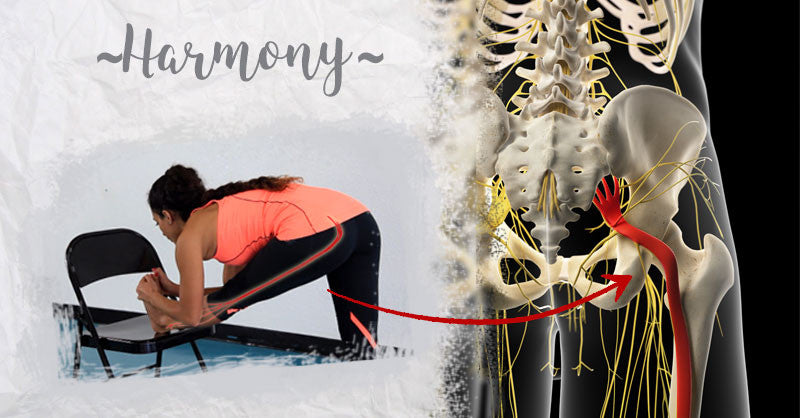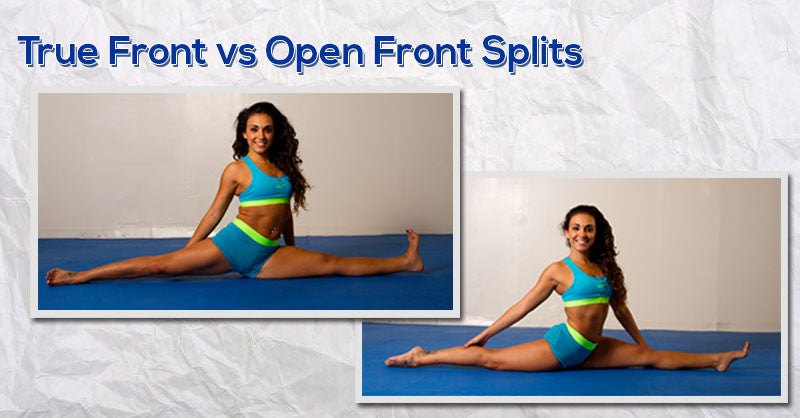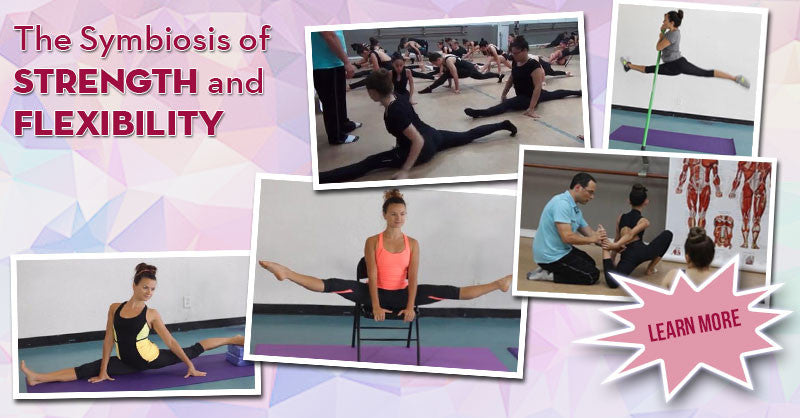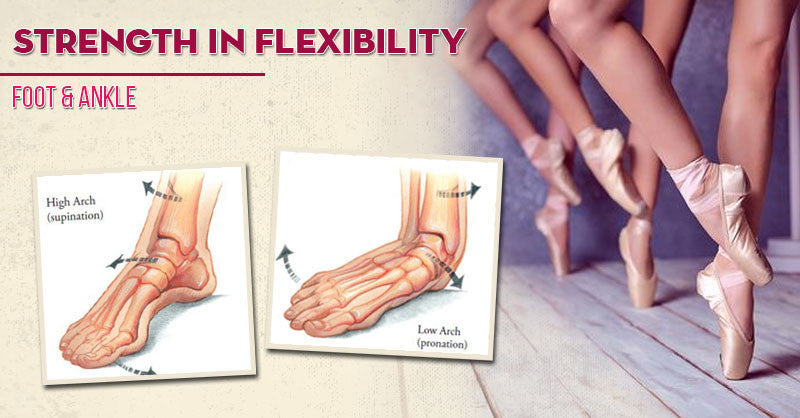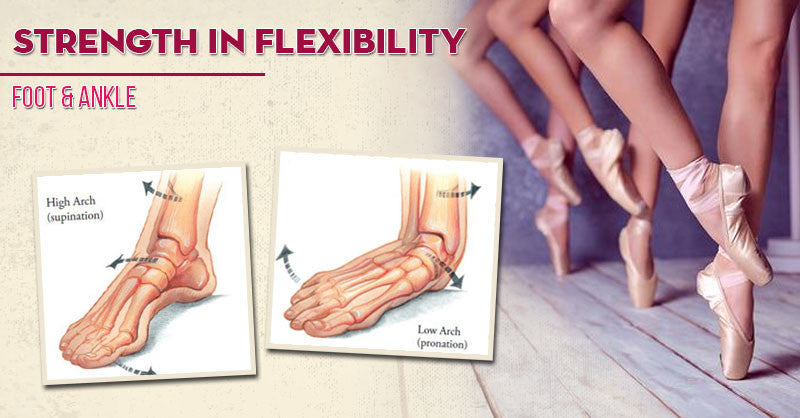Front Split: Why NOT to Stretch Quadriceps Rectus Femoris
Posted by EasyFlexibility Team on
Am I doing, something that I should not be doing? This question does come up often. And today I will talk about one of those things, when it comes to mastering the True (Squared) Front Split.
While some people simply try to "push it till it happens" approach, many others realize that if they have very flexible posterior chain of the front leg and anterior chain of the rear leg, they are that much closer to the split.
In common terms that means: hamstrings of the front leg and hip flexors of the back leg.
Here is what I see done very frequently (By the relaxed stretch folks)

People get into the lunge stretch. From here they attempt to increase the stretch somehow. What comes to mind most often is to flex the rear knee. Hey... when you do that, you feel the "stretch more". So why not?
Feeling deeper stretch should be helping. Right? ... Wrong.
Here is the thing
There is only one muscle that opposes this stretch. (Extended hip and flexed knee) and that is Rectus Femoris (the flexor of the hip and extensor of the knee)
Anyone trained in the Easy Splits Certification Course would know the issue with that right way. If you don't, let me explain.
You see Rectus Femoris is just one of 10 or 11 muscles that prevents the rear leg from participating in good split. And unless a person is super tight, it's not very important. It's relatively slacked when the knee is straight, as it is in the True Front Split.
Test Yourself
Here is how you know if Rectus Femoris is preventing you from doing a split or not. Take this test:
- Get into a deep hip extension. Measure the hip angle. Do it manually for now. (We have a flexibility measuring tool that will be available soon.)
- Next flex the knee. And measure, the knee angle.
- If the total angle is 90 or more, Rectus Femoris is not getting in a way of your split.
But here is the kicker...
By flexing the knee, you may be preventing other deeper muscles from being stretched, since flexed knee can prevent full hip extension. Those muscles (Especially Psoas, Iliacus and Sartorius) are left untouched or not properly targeted and your split is not improved as the result.
- If your rectus femoris is very tight and you flex the knee, you can't go any more into hip extension: this will stop you from stretching other hip flexors. So, paradoxically if your rectus femoris is very flexible, then stretching it won't make other hip flexors more flexible.
- So you must isolate and target those other hip flexors properly, and you can learn this in the Hip Flexors Program.
- If your rectus femoris is flexible, there is no reason to think that stretching it will help with a split, since on a split the rear knee is not bent.
© ElasticSteel Corp., EasyFlexibility, Paul Zaichik, et. El., 2022. No part of the materials available through ElasticSteel.com, EasyFlexiiblity.com, site may be copied, photocopied, reproduced, translated or reduced to any electronic medium or machine-readable form, in whole or in part, without prior written consent of Paul Zaichik EasyFlexibility.com, Elasticsteel.com.. Any other reproduction in any form without the permission of Paul Zaichik EasyFlexibility.com, Elasticsteel.com is prohibited. All materials contained on this site are protected by United States copyright law and may not be reproduced, distributed, transmitted, displayed, published or broadcast without the prior written permission of Paul Zaichik, EasyFlexibility.com, Elasticsteel.com.





